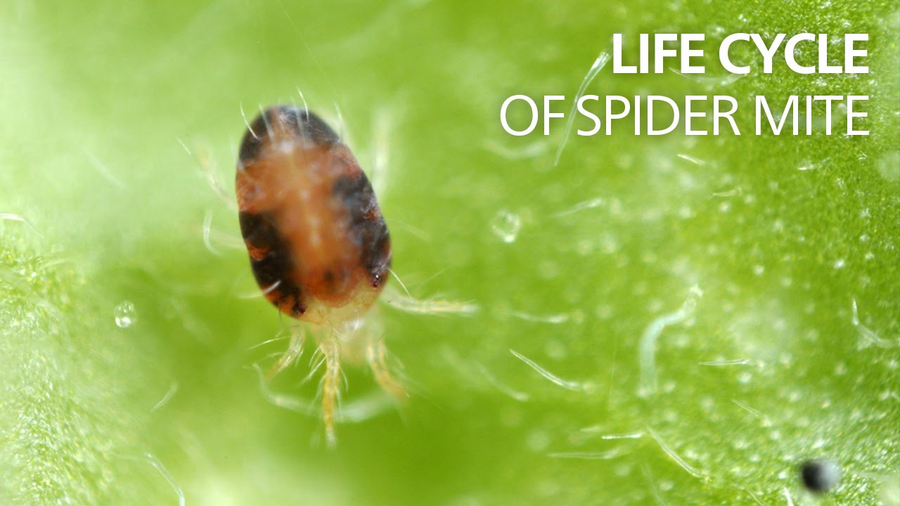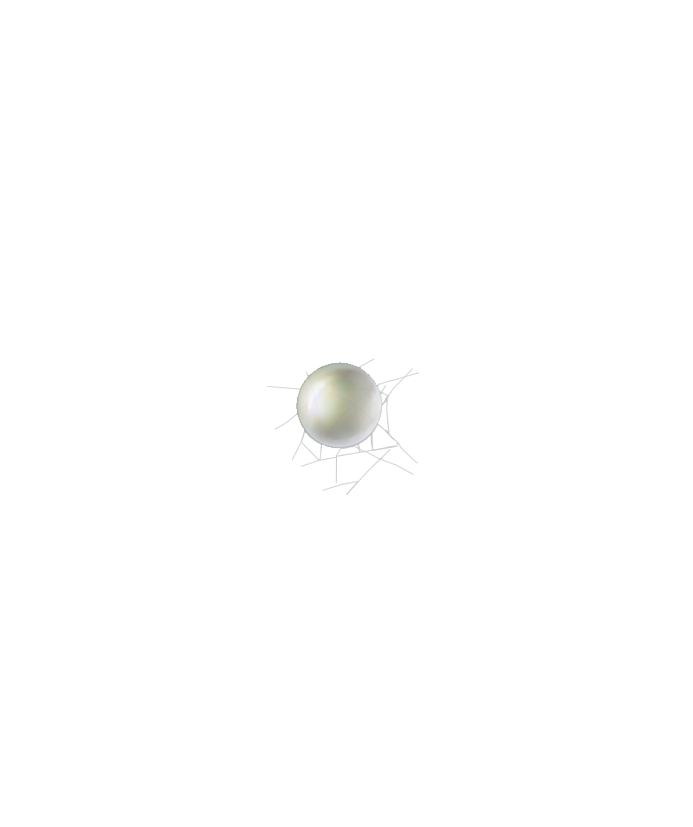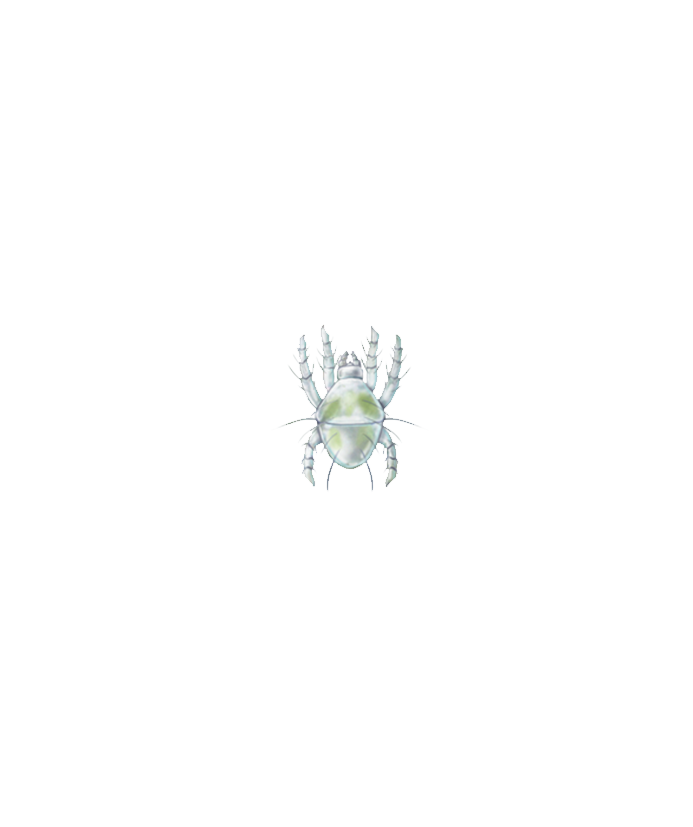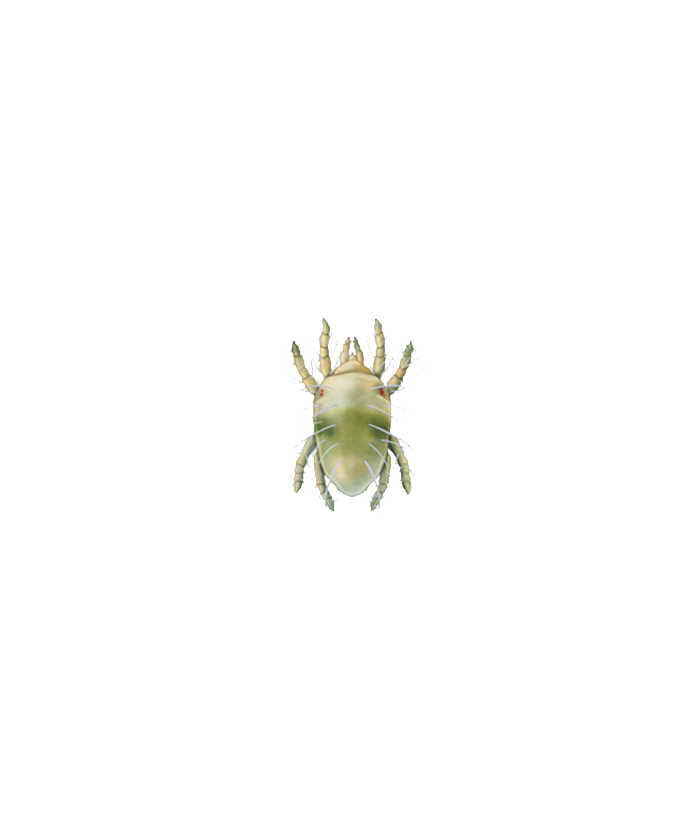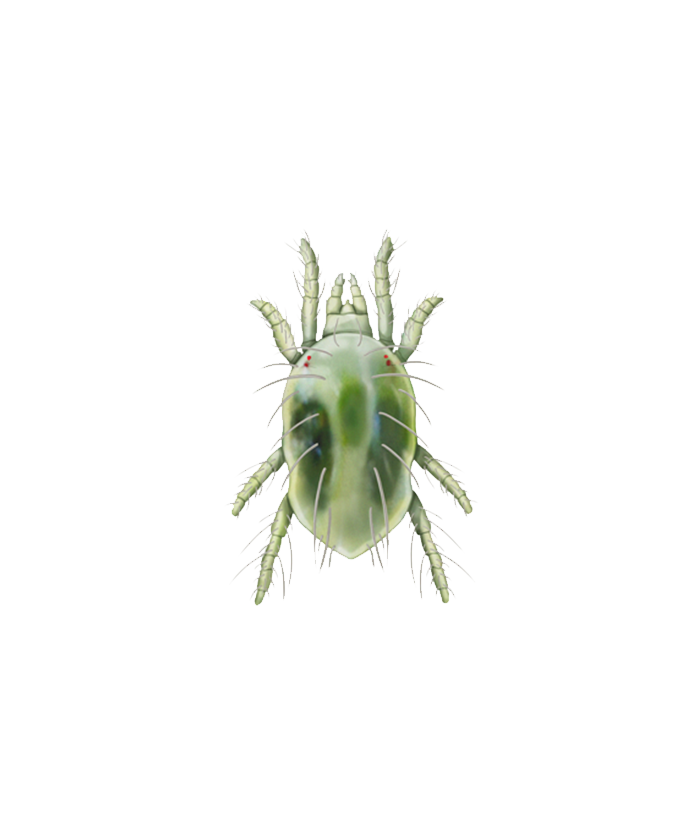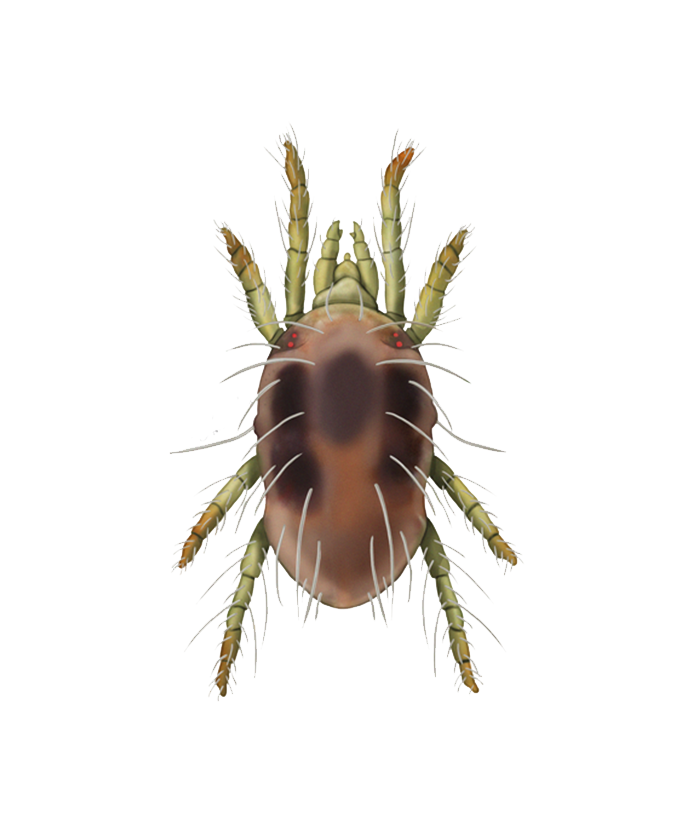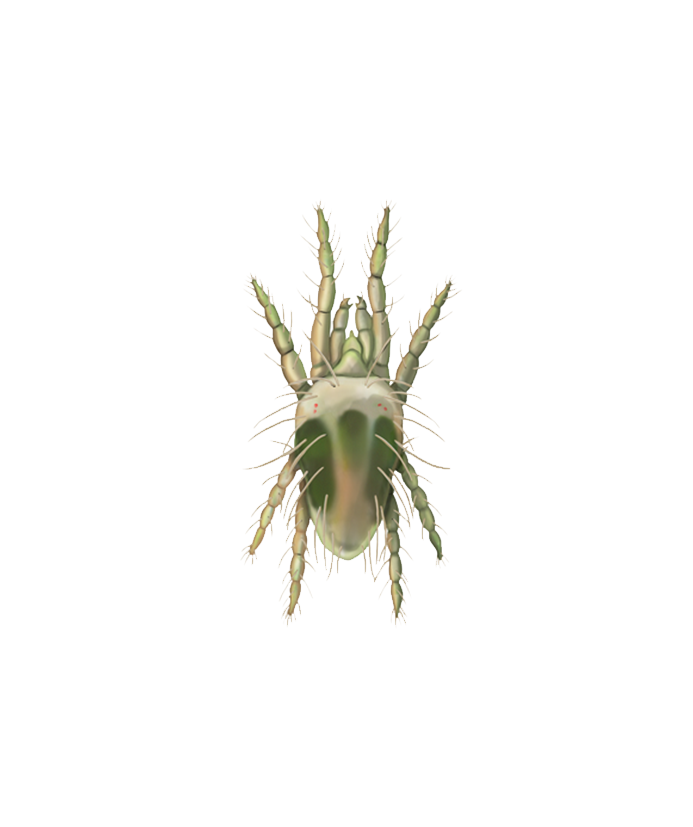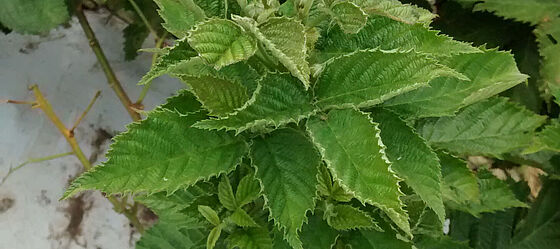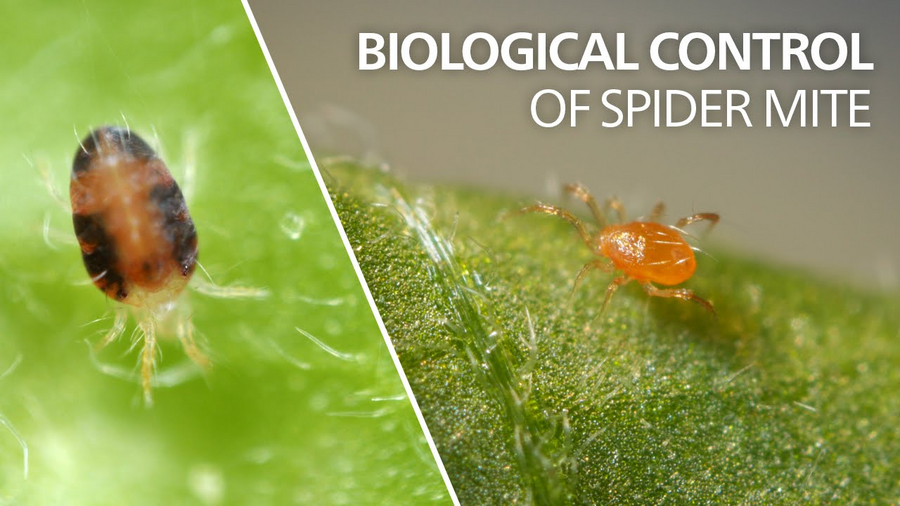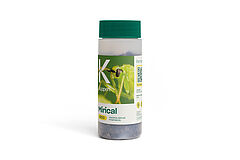

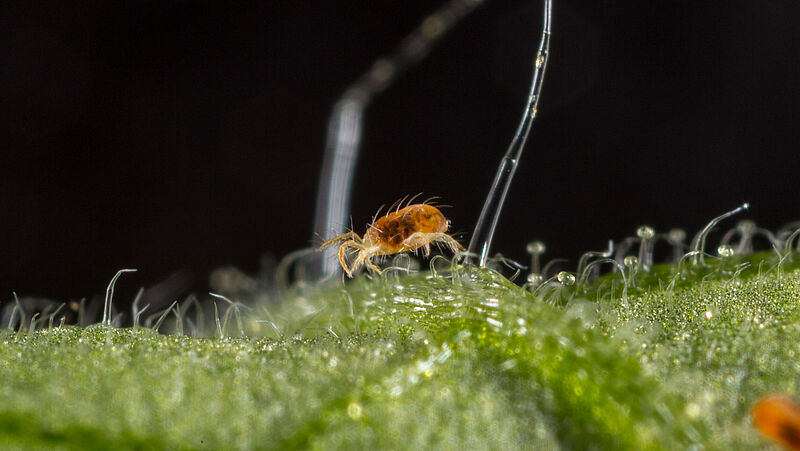
O que são ácaros tetraniquídeos?
Os ácaros tetraniquídeos são pragas que constituem uma ameaça para diversas plantações a nível mundial. Apesar do seu tamanho reduzido, estes ácaros são capazes de causar sérios danos muito rapidamente, devido às suas capacidades reprodutivas. Existem mais de 1.200 espécies no mundo, e muitas são pragas comuns nas plantações. Os ácaros rajados, da família Tetranychus urticae, são, de longe, a espécie que causa maior destruição nas estufas e em muitas plantações no mundo.
Recognize mites
Plant mites can be recognized by their small size and spider-like appearance. Spider mites and false spider mites are typically less than 1 millimeter in size, and range in color from pale yellow to green, brown, or red. They have eight legs and are closely related to spiders, but they lack the distinct body segmentation that spiders have. Gall mites and russet mites are so small that they cannot be seen with the naked eye and only have four legs. Tarsonemid mites cannot also not be seen with the naked eye but have eight legs. For these plant mites a magnifying glass is needed to detect them.
Plant mites are often found in colonies on the undersides of leaves, where they feed on the plant's sap. The damage caused by plant mites can result in discolored or speckled leaves, stunted growth, and in severe cases, leaf drop or death of the plant. Damage symptoms are important for early detection of plant-feeding mites and effective management, as their small size and tendency to hide on the underside of leaves can make them difficult to spot.
Danos dos ácaros tetraniquídeos
As larvas, as ninfas e os adultos podem causar danos na planta hospedeira se alimentando da seiva vegetal. Este fenômeno ocorre principalmente na parte inferior das folhas, onde estes ácaros perfuram as células e sugam os nutrientes. As células vazias e mortas ficam amarelas e, em muitos casos, os danos também podem ser visíveis na parte superior das folhas sob a forma de pequenos pontos amarelos. A destruição das células resulta em redução da fotossíntese, transpiração aumentada e menor crescimento da planta. Conforme os danos vão aumentando, folhas inteiras ficam amarelas e, quanto mais seiva vegetal for removida, maior a probabilidade da folha, e de toda a planta, morrer. As ninfas e os adultos também produzem teias, que podem cobrir a superfície total das plantas, alojando ácaros. As teias e manchas nas folhas afetam a aparência da plantação. Isto é um problema sobretudo para plantações ornamentais.
How to prevent mites
Keeping your greenhouse crop free of plant mite infestations requires a combination of proactive measures. One key step is to maintain optimal growing conditions for your plants through proper watering, fertilization, and temperature control. Stressed plants are more vulnerable to mite attacks, so keeping them healthy and strong is essential. Regular monitoring of your plants for early signs of plant mites is also critical. This can be done by scouting the plants visually.
You can also take steps to prevent plant mites from entering your greenhouse by using hygienic measures such as removing weeds and other plants that may serve as a host for mites, and implementing a rigorous cleaning and disinfection program for all tools, equipment, and surfaces.
Finally, introducing biological control agents such as predatory mites can be an effective way to keep plant mite populations under control.
Vídeos sobre controle de ácaro tetraniquídeo
Assista ao vídeo ou acesse o nosso canal do YouTube para ver nossos produtos de controle de ácaros tetraniquídeos em ação.
